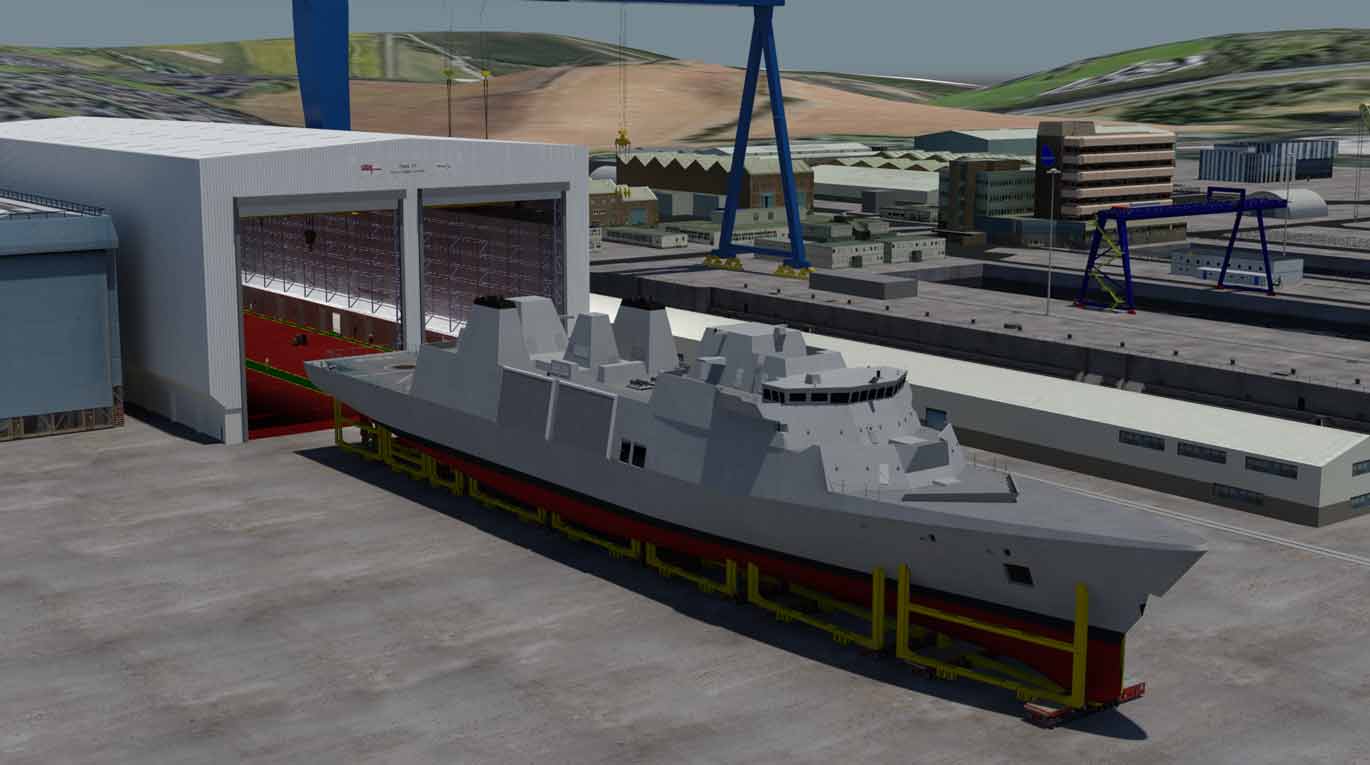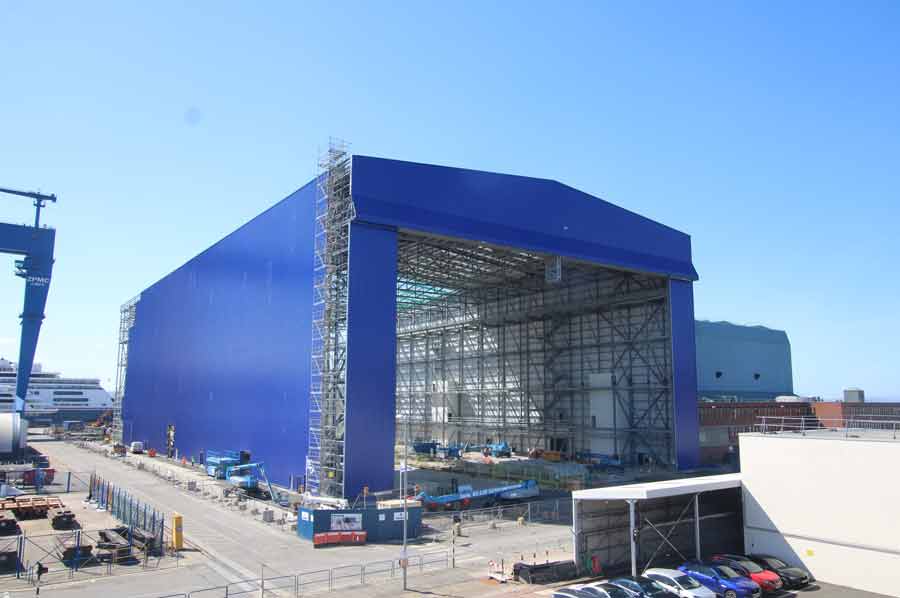Critical Milestone Achieved for Type 31 Frigate
Type 31 frigate achieves critical design review milestone, despite extraordinary Covid-19 circumstances.
Anita Hawser
04 May 2021

TYPE 31 FRIGATE LATEST NEWS
The Type 31 frigate has successfully completed its Whole Ship Critical Design Review (WSCDR).
The review is a key indicator of the compliance, maturity and engineering risk in proceeding into production as the Design Authority, Babcock Team 31, matures the 3D Computer Assisted Design model.
What is a Whole Ship Critical Design Review?
The WSCDR was held virtually over a period of 10 days and comprised a large number of specific reviews to assess the maturity of the individual systems and equipment for the Type 31 Frigate.
An independent board of 12 experts reviewed the design, interrogated the engineering team and provided valuable advice to Babcock, with attendees and contributors from the UK Ministry of Defence.
The board were pleased with the rate of progress made since the Preliminary Design Review in June 2020 and the level of technical maturity of the design, especially given the extraordinary circumstances of COVID-19.
The CDR ensures that the system can proceed into fabrication, demonstration, and test and can meet stated performance requirements within cost, schedule, and risk.
Completing the Whole Ship CDR provides Team 31 with the confidence to fully develop the 3D CAD model and move towards the generation of build drawings in readiness for first steel cut and ship assembly later this year.
Type 31 frigate: Ship-wide automation
The Type 31 frigates are part of the UK's National Shipbuilding Strategy, which is design to transform naval shipbuilding by building frigates that will not only appeal to the Royal Navy, but also present export opportunities.
The frigate is based on Babcock’s Arrowhead 140 baseline design.Babcock’s Arrowhead 140 offers a modern, globalfrigate that can be constructed faster, more efficiently and at a considerably lower cost than has previously been achievable, while offering far greater operational capabilities.
The Type 31 frigates have a unique modular design, which is configurable to meet the needs of both the Royal Navy and allied navies around the world.
For example, the new vessels feature an easily adaptable open architecture combat system, the option of different bridge wing modules and flexible mission bays.
The construction of each vessel also marks a major departure from traditional designs in other areas; for example, replacing hydraulic systems with electrically actuated assemblies.
This brings a number of benefits, as high-pressure hydraulic systems add weight, complexity and cost, and are potentially dangerous if pipelines are ruptured during an armed conflict.

Type 31 frigate: Where is it being built?
Production work at the shipyards in Rosyth has been underway since last year on construction of ship cradles, build stools and ground supports. These form part of the essential infrastructure required to enable construction, and are designed to support the vessels upright as they are being built.
A New Assembly Hall will be completed towards the end of this summer before the start of ship assembly at Rosyth shipyards in Scotland gets underway.
Babcock CEO David Lockwood said: “This is a real step change in capacity and capability at Rosyth which provides the UK with a world-class, future-ready, ship build facility.
“It’s an exciting time for UK industry with future opportunities emerging such as the recently announced Type 32 Frigate programme and international discussions increasing around the export of our proven and adaptable Arrowhead 140 design, with potential customers looking to the UK as the benchmark for their own programmes.”
Team 31 has placed a large number of supply chain contracts to date representing nearly 80% of the value of the frigate. The remaining supply chain contracts will be placed in line with the procurement plan, with the first major equipment deliveries due later this year.
The team is currently operating across the UK in Rosyth, Bristol, Devonport and Crawley, growing and mobilising in readiness for ship assembly starting later this year. At its peak, approximately 1,250 people will work on the programme across the UK.